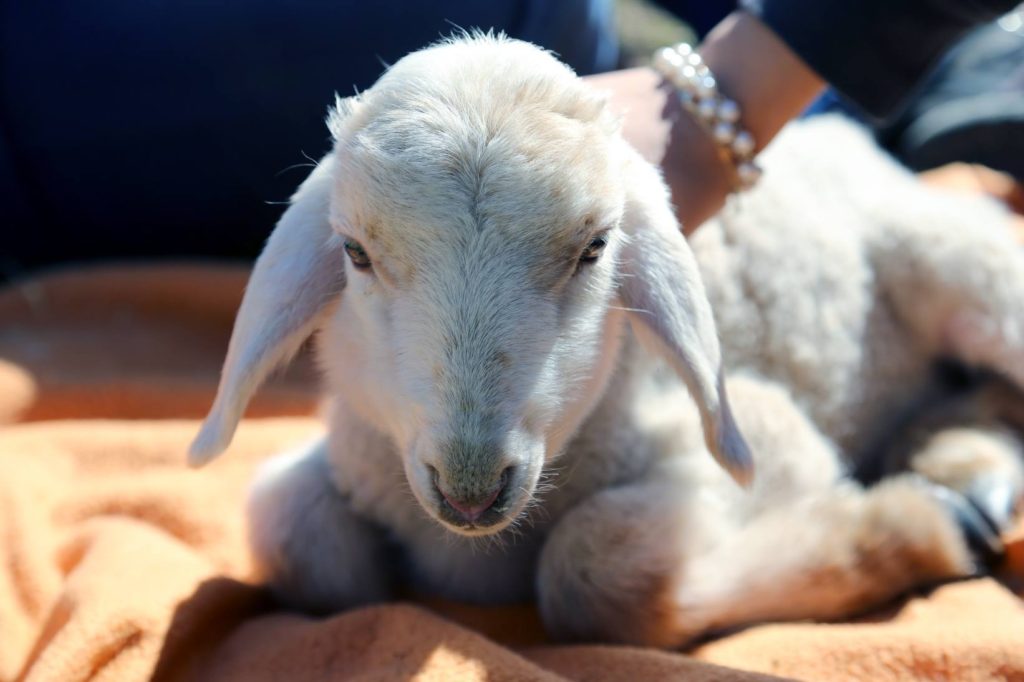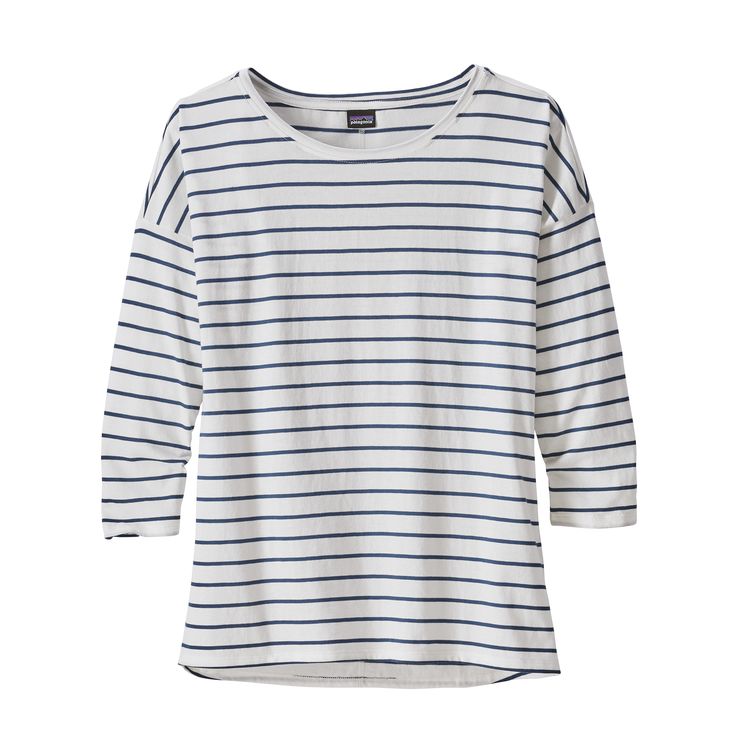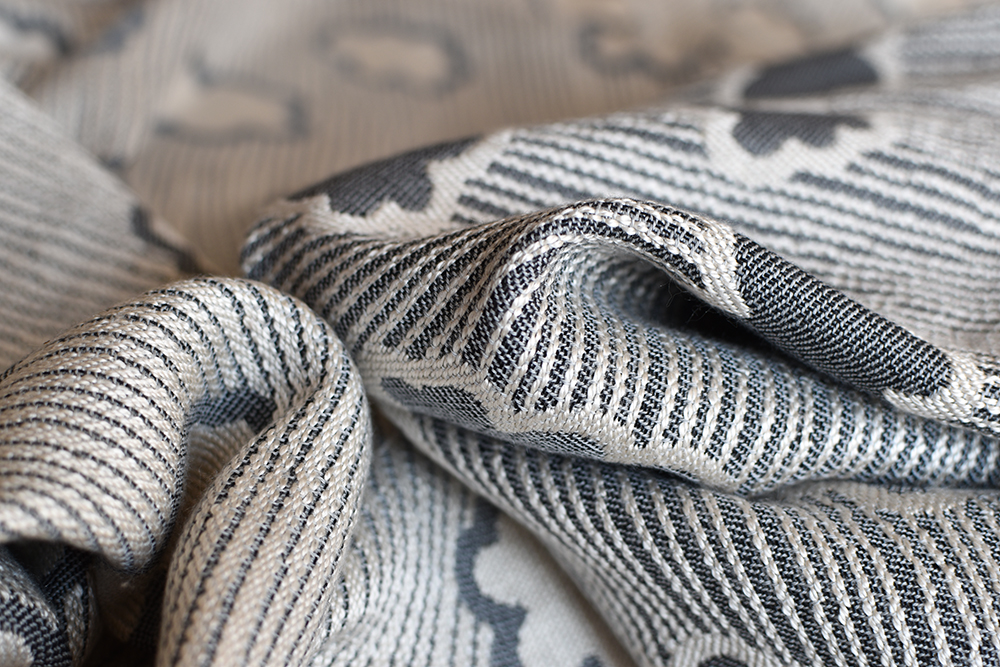As a vegan I often get questions about wool. “but what’s wrong with it? I mean, we’re doing them a favor by removing it, it is better for them”. People have this image of happy sheep running around in beautiful, green fields, while the reality couldn’t be farther than that. I have to admit that while writing this article and educating myself I was surprised by how cruel this industry actually is, and here’s why.
The Painful Truth Behind The Wool Industry
+ The world’s largest exporter of wool is Australia, which exports 25 percent of the world’s wool.


+ Sheep, rabbits and lambs are extremely sensitive, gentle individuals who, like all animals, feel pain, fear, and loneliness.
+ In the wild, sheep would grow just enough wool to protect themselves from extremely cold temperatures, and during the hot summer days, their wool sheds naturally. But sheep in the wool industry have not only been selectively bred to produce as much wool as possible, but so that their wool no longer sheds, but just keep growing, causing discomfort and even death from heat exhaustion.
+The selective breeding that has made them grow so much wool has resulted in growing access skin, which accumulates moisture and Bactria over time. Attracted to the moisture, flies lay eggs in the folds of skin, and the hatched maggots can eat the sheep alive. To prevent this so-called “flystrike,” a barbaric procedure called “mulesing” is performed, in which they force live sheep onto their backs, restrain their legs between metal bars without any painkillers, carve huge chunks of skin away from the animals’ backsides or attach vise-like clamps to their flesh until it dies and sloughs off.


+ Shearers are usually paid by volume (per sheep), not by the hour, which encourages them to work fast without caring for the welfare of the sheep, a thing that leads to frequent injuries. There are countless reports of sheep being unnecessarily beaten and injured during the shearing process.
+ Strips of skin– and even teats, tails, and ears—are often cut or ripped off during shearing.
+ workers use a needle and thread to sew the only the worst wounds—and of course, without any painkillers.


+ Sheep are sheared each spring, after lambing, just before some breeds would naturally shed their winter coats. Timing is considered critical: shearing too late means wool loss. In the rush, many sheep die from exposure after premature shearing.
+ Lambs raised for the wool Industry endure painful mutilation, or “procedures” as they are called in those industries, including having their
ear holes punched to be tagged and tail docking- meaning that workers remove their tails by cutting them off with a blade or knife. The industry justifies this cruel “procedure” to prevent fecal matter from building up on the tails- a thing that could be prevented by taking care of sheep and maintaining health care and hygiene, but since they are raised by the thousands, this isn’t profitable, and as we know- the wool industry is a profit-driven one, and such a thing would hurt the profits.
+ Baby male lambs are castrated between 2-8 weeks of age, by attaching a super tight rubber ring to their testicles and leaving it there for a few weeks, until blood circulation is lost completely—one of the most painful methods of castration possible. When the lambs’ testicles don’t fall off as expected, shearers often just cut off them with clippers.
+ Old or unneeded sheep are sold for slaughter. Millions of live sheep are shipped from Australia to the Middle East and North Africa every year in horrible conditions and a lot of them die on the way.


+ It may be called wool, mohair, pashmina, shahtoosh, or cashmere. But no matter what it’s called, any kind of wool means
+ Cashmere is made from the coats of cashmere goats, who are kept by the millions in China and Mongolia, which dominate the market for this “luxury”, cruel material.
+ Angora rabbits may be strapped to a board for shearing and kick in protest as clippers or scissors inevitably bite into their flesh. Angora rabbits have very delicate footpads and are forced to spend their lives standing on the floors of wire cages, causing them a massive pain.
+Female rabbits produce more wool than do males, so male rabbits who are not destined to be breeders are killed at birth.
+ Ethically sourced wool? It’s a myth. Animals are still abused and tortured in the production of it. There is not such a thing, even if brands may say so.
Even the coziest wool sweater wont be able to cover the true, painful, cruel cost of wool. Luckily, there are so many amazing vegan alternatives to it, so there are no real excuses to using or wearing it anymore.
Vegan Alternatives to Wool
1. Nullarbor
It wasn’t so long ago that this material was discovered. coconut has been over our kitchen, and now, apparently, it will start taking over our wardrobes too. This new innovative, revolutionary material was invented by an Australian brand named
How is it made? Bacteria are used to naturally ferment liquid coconut waste from the food industry into cellulose, which is the building block for the final product.


2. Linen
Linen is a durable and becomes softer and stronger the more that it’s used. Unlike wool, which takes a long time to dry, linen easily releases moisture into the air. In addition, it is non-allergenic and is both recyclable and biodegradable.


Eileen Fisher sweather, picture via Nordstrom
3. Organic Cotton
Organic Cotton clothing are not only vegan, eco-friendly, comfortable and durable but also protects against from heat in the summer and cold in the winter by providing thermal insulation as the cotton fabric traps air between the fabric fibers. Also, Organic cotton is easier to wash and care for than wool and much more suitable for delicate skin.


4. Hemp
Hemp is an eco-friendly, completely biodegradable, and grows without the use of pesticides or chemical fertilizers, making it ideal for organic farming. It is similar to linen in feel and breathability, unlike wool, which traps heat and can support the growth of bacteria.


5. Lyocell
Lyocell is a material made from wood pulp that is manufactured by means of an environmentally-friendly process, that reuses processing chemicals. It’s also biodegradable, recyclable, and naturally wrinkle-free. Lyocell is soft, drapes well, and can be washed, dyed, and even woven to mimic the qualities of suede, leather, fur, or wool.


6. SoySilk
Soy fabric, also known as “


KOMMENT Hand Knitted SoySilk Top (Picture Via The Natural Store)
7. rPET
rPet is made out of “recycled polyester,” which is made from recycled plastic bottles. Unlike wool, it’s soft and won’t have you scratching yourself constantly.


8. Modal
Modal is a variety of rayon, made exclusively from the renewable fiber of beech trees. Unlike wool, it does not need to be ironed and retains its shape, size, and strength even after repeated washings.


9. SeaCell
This fabric is made of seaweed! Dried seaweed is crushed coarsely, ground, and simultaneously introduced into cellulose fiber, from which materials for a wide variety of textiles, known as SeaCell, are manufactured. SeaCell textile fibers are soft, comfy, and promote humidity intake and release, which keeps you warm in the winter and cool in the summer.


10. Bamboo
Bamboo fabric feels like a mix of cashmere and silk and is light, strong, breathable and biodegradable. Compared to merino wool, it is reportedly stronger and softer and does not retain a smell.


11. Recycled Acrylic
Acrylic is probably the most used alternative for wool in known fast fashion brands, that isn’t that great on the environment. Make sure you buy recycled acrylic as it is way better than new acrylic, which is basically made from plastic.


I hope you enjoyed reading this article and found it helpful! Let me know your thoughts below
Read about the leather industry here >> The True Cost of Leather
see you soon!
Noa
For more outfits, inspiration, and updates follow me on Instagram, Facebook, Twitter, Pinterest and Bloglovin‘
*This is not a sponsored post and it doesn’t contain affiliate links.
sources: Peta,Plant Based News.

I like the wool alternatives. Do any of them retain heat when they are wet?
Pingback: The True Cost of Wool: What’s Wrong With Wool+ 11 Vegan Alternatives – V SPOT
Pingback: NY-Based Brand Creates Vegan Cashmere Using Soy - Style with a Smile
Pingback: Is "Vegan Fashion" 100% Cruelty-Free? The New BRC Guidelines Will Help You Find Out - Style with a Smile